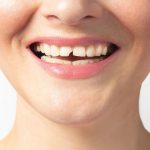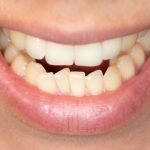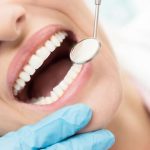Teeth Shifting: How Long Does It Take to Notice Changes?
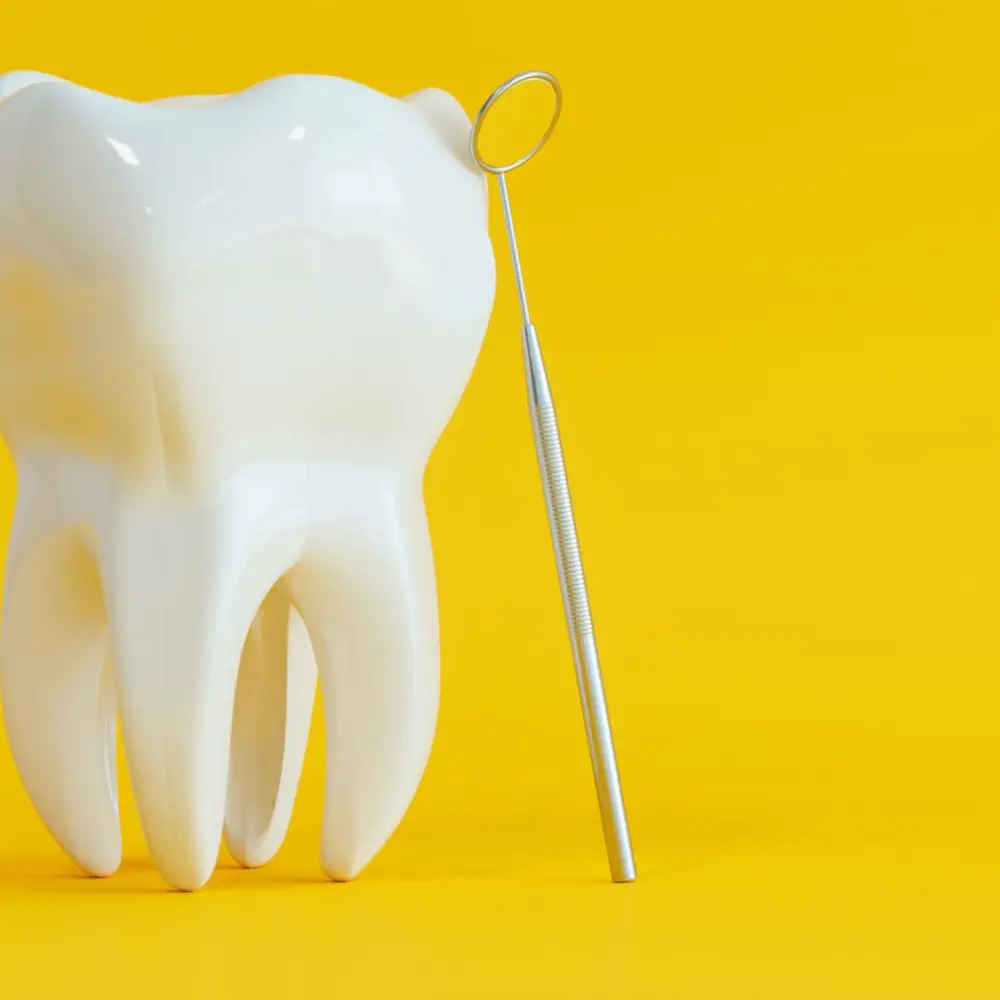
The alignment and placement of teeth play a crucial role in the overall appearance of a person’s smile. However, teeth can shift for various reasons, such as age, genetics, or dental problems. Teeth shifting can not only affect the aesthetics of one’s teeth but also impact their oral health and bite. It is essential to understand how long it takes to notice changes in teeth alignment to address the issue promptly and prevent further complications. Teeth shifting can happen gradually or suddenly, and the time it takes to notice changes can vary from person to person. In some cases, teeth shifting can go unnoticed for months or even years, while in others, it can be more noticeable in a matter of weeks. Factors that affect the speed of teeth shifting include the type of teeth movement, the extent of the shift, and the age of the individual. Understanding the causes and timeline of teeth shifting can help individuals take proactive measures to maintain good oral health and prevent any potential dental problems that may arise.
Teeth shifting is a natural process that occurs throughout our lives. It happens when there is a change in the position of teeth due to various factors such as aging, genetics, and oral habits. The most common cause of teeth shifting is the loss of teeth, which creates space between the remaining teeth, causing them to shift towards the gap. Additionally, teeth shifting can also occur due to gum disease, injury, or orthodontic treatment. The teeth may gradually shift over time, or it may happen quickly, depending on several factors. The extent of shifting can vary from minor adjustments to significant changes that affect the bite and facial appearance. Therefore, it is essential to maintain good oral hygiene practices to prevent teeth shifting and to seek the advice of a dentist if you notice any changes in your teeth.
Teeth shifting is a natural process that occurs throughout one’s life. There are various reasons why teeth may shift, including genetics, age, or trauma. One of the primary causes is the loss of teeth, which can cause the surrounding teeth to shift and move into the open space. Additionally, poor oral hygiene can lead to gum disease, which can cause teeth to loosen and shift. Other factors that can cause teeth to shift include changes in hormone levels, such as during pregnancy or menopause, and certain medical conditions, such as osteoporosis. Additionally, habits such as grinding or clenching of teeth, tongue thrusting, or using the teeth to open things can also cause teeth to shift over time.
Factors Affecting Teeth Shifting
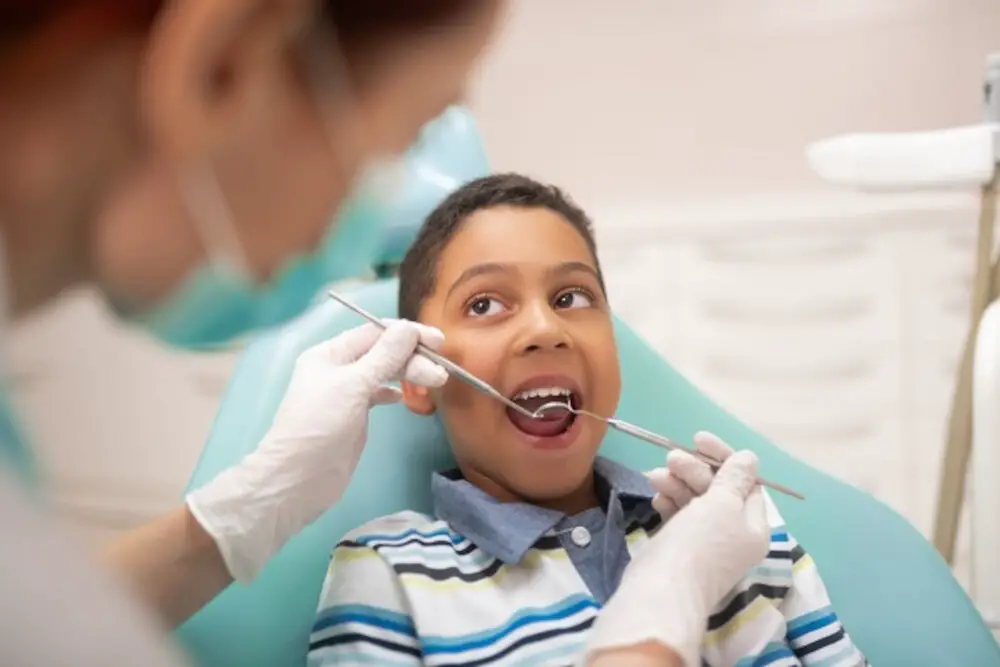
Teeth shifting is a common dental issue that can occur due to various factors. One of the major factors affecting teeth shifting is age. As we age, our teeth tend to shift naturally due to the loss of bone density in the jawline. This can cause the teeth to become misaligned and cause discomfort or pain. Additionally, as we age, our teeth tend to become more prone to decay and damage, which can further contribute to teeth shifting. Another factor affecting teeth shifting is genetics. Some people are genetically predisposed to having misaligned teeth, and this can become more apparent as they age. Additionally, certain habits such as thumb sucking, nail biting, and teeth grinding can also contribute to teeth shifting. These habits can put pressure on the teeth and cause them to shift out of their natural position. Poor oral hygiene can also lead to teeth shifting, as it can cause gum disease and bone loss in the jawline, which can affect the stability of the teeth. In conclusion, teeth shifting can occur due to various factors, and it is important to maintain good oral hygiene and seek dental treatment if you notice any changes in your teeth.
Age plays a significant role in the shifting of teeth. As we age, the bones that support our teeth begin to lose density and strength, making them more susceptible to movement. Additionally, as we get older, our teeth may shift due to changes in our bite or dental work, such as fillings or crowns. While it is possible to experience shifting at any age, it is more common in older adults. It is important to maintain good dental hygiene and regular dental checkups to minimize the risk of shifting and address any concerns as soon as possible.
Genetics play a significant role in the way our teeth develop and shift over time. The size and shape of our jaws, as well as the arrangement of our teeth, are largely determined by our genetic makeup. While environmental factors such as habits like thumb-sucking and tongue-thrusting can also contribute to teeth shifting, the underlying genetic factors cannot be ignored. In some cases, genetic conditions such as missing or extra teeth can cause significant shifts in the alignment of other teeth. Understanding the role of genetics in teeth shifting can help patients and dental professionals better predict and manage changes in tooth alignment over time.
Oral hygiene is the practice of maintaining a healthy mouth, including teeth, gums, and tongue. It is essential to prevent tooth decay, gum disease, and bad breath. Brushing twice a day with fluoride toothpaste and flossing daily can help remove plaque and food particles that can lead to tooth decay and gum disease. Regular dental check-ups and cleanings are also necessary to detect and treat any problems early. Additionally, a healthy diet that is low in sugar and high in fruits and vegetables can help maintain good oral health. Neglecting oral hygiene can lead to various dental issues, including teeth shifting, which can take time to notice. Therefore, it is crucial to practice good oral hygiene regularly.
Bruxism, also known as teeth grinding, is a condition in which a person unconsciously clenches or grinds their teeth, often during sleep. This can lead to a variety of dental problems, including tooth wear, chipping, and even fractures. In addition, bruxism can cause muscle pain in the jaw, neck, and face, as well as headaches and earaches. If left untreated, bruxism can also lead to teeth shifting and changes in the bite over time. Therefore, it is important to seek treatment for bruxism to prevent these long-term effects and maintain good dental health.
Missing teeth can cause significant changes in the alignment of the surrounding teeth. When a tooth is lost, the adjacent teeth may shift towards the gap, causing problems with bite and alignment. This can lead to a variety of issues, including difficulty chewing, jaw pain, and even further tooth loss. It’s important to seek treatment for missing teeth as soon as possible to prevent these issues from occurring. Dental implants, bridges, and dentures are all viable options for replacing missing teeth and restoring proper alignment to the mouth.
Timeline for Noticing Teeth Shifting
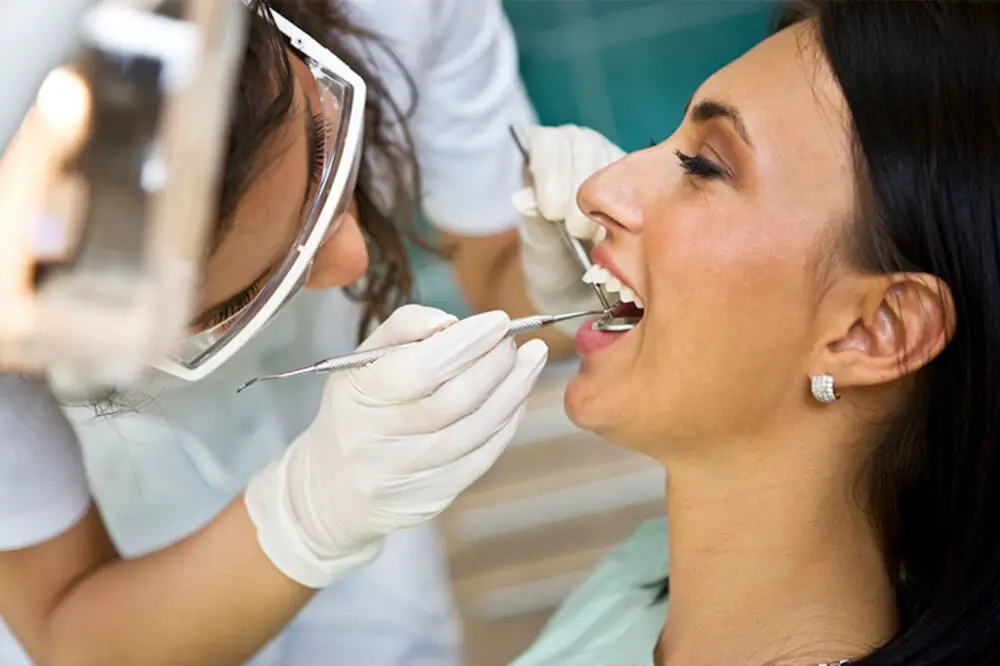
The timeline for noticing teeth shifting varies from person to person and depends on various factors such as age, genetics, and the severity of the shifting. In general, noticeable changes can occur within a few weeks to a few months. However, it may take longer for some people to notice changes in their teeth shifting. For instance, if the shifting is minimal or occurs gradually, it may take longer for the changes to become noticeable. On the other hand, if the shifting is severe or sudden, it may be more apparent within a shorter period. It is important to note that teeth shifting can occur at any age and may be due to various reasons, such as wisdom teeth eruption, injury or trauma to the mouth, or jaw misalignment. Regular dental checkups can help detect any shifting or movement of teeth early on, allowing for prompt treatment to prevent further damage. It is also crucial to maintain good oral hygiene habits, such as brushing and flossing, and wearing any recommended orthodontic appliances or retainers to prevent teeth shifting and maintain proper alignment.
Teeth shifting is a natural process that happens throughout our lives. However, it’s important to monitor any changes in the alignment of your teeth to avoid potential oral health issues. The early signs of teeth shifting include a change in the bite, visible gaps or spaces between teeth, and teeth feeling loose or shifting in position. You may also experience discomfort or pain when biting or chewing. If you notice any of these signs, it’s important to schedule an appointment with your dentist to assess the cause and potential treatment options. Ignoring early signs of teeth shifting can lead to more severe issues and longer treatment times in the future.
After a few months of orthodontic treatment, changes in the position of teeth become noticeable. These changes are gradual but significant, as the teeth shift into their new positions. Depending on the severity of the initial malocclusion, the treatment may take several months or even years. It is important to note that the shifting process may cause some discomfort or soreness, but this is normal and can be managed with pain relievers. Patients may also need to adjust their oral hygiene routine to accommodate the braces or aligners. Despite the challenges, the end result of a straighter, healthier smile is well worth the effort and patience required during the treatment process.
When it comes to teeth shifting, visible changes can be noticed after six months to a year, depending on the severity of the misalignment. At first, you may feel a slight discomfort and see some small gaps or spaces between your teeth. As time goes by, these gaps will gradually close up, and your teeth will start to shift to their new positions. You may also notice that your bite feels different, and that your upper and lower teeth no longer fit together perfectly. However, these changes are a sign that your teeth are moving in the right direction, and with the help of your orthodontist, you can achieve a straighter, healthier smile in no time.
After two to three years, significant changes can occur in the alignment of teeth. Teeth that were previously straight may begin to shift, causing crowding or gaps. This is due to the natural movement of teeth as they respond to various pressures in the mouth. Additionally, changes in oral hygiene habits or the wearing of orthodontic appliances can also affect the alignment of teeth over time. It is important to monitor any changes in the alignment of teeth and consult with a dental professional if necessary to prevent further complications or discomfort.
Prevention and Treatment
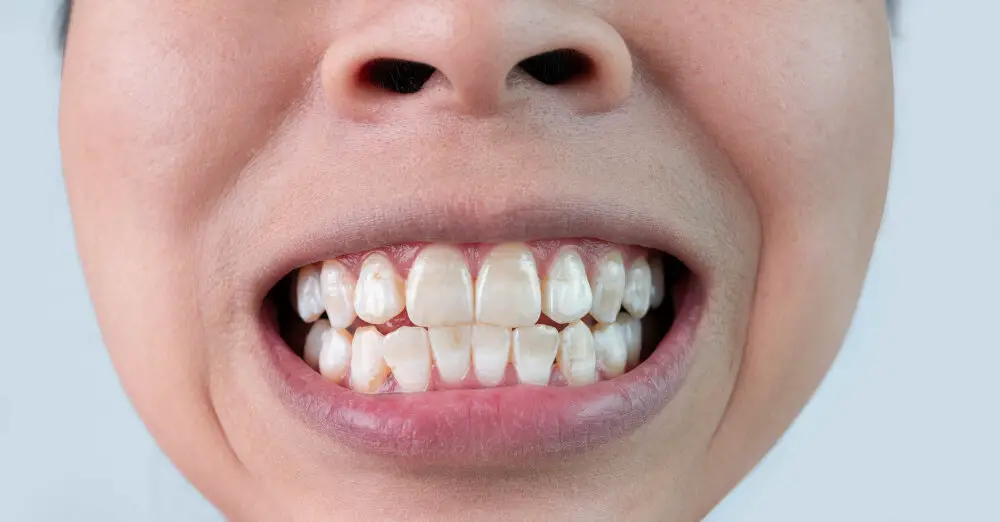
Prevention and treatment are the most effective ways to control the teeth shifting process. Preventing teeth from shifting can be achieved by wearing retainers after braces and avoiding habits such as grinding teeth and nail-biting. Retainers can keep teeth in their new position and prevent them from shifting back to their original position. Additionally, avoiding habits that put pressure on teeth can help prevent teeth from shifting. For instance, grinding teeth can cause teeth to shift, and it can also damage the teeth and jaw. Therefore, people should try to avoid such habits and use protective devices like mouthguards if necessary. Treatment for teeth shifting depends on the severity of the problem. If teeth shifting is minor, then it can be corrected with minor adjustments. For instance, dental bonding or contouring can be used to adjust teeth that have shifted slightly. However, if the teeth shifting is significant, then more extensive treatment may be required. Orthodontic treatment such as braces or Invisalign may be necessary to correct the problem. Braces apply pressure to teeth, which can gradually move them back to their correct position. Invisalign is an alternative to braces that uses clear aligners to shift teeth. In severe cases, surgery may be required to correct the problem. Therefore, it is essential to seek professional dental help if teeth shifting is noticed to prevent further problems.
Proper oral hygiene plays an essential role in maintaining healthy teeth and gums, preventing teeth shifting, and ensuring overall oral health. Brushing teeth twice a day with a fluoride toothpaste and flossing daily is crucial to remove plaque and food particles that can lead to gum disease and tooth decay. Additionally, using mouthwash can help kill bacteria and freshen breath. Visiting a dentist regularly for cleanings and check-ups can also help detect any dental issues early on, preventing them from becoming more severe and causing teeth shifting. Maintaining good oral hygiene habits can help ensure a healthy and beautiful smile for years to come.
Wearing retainers is an essential part of maintaining a straight and healthy smile after orthodontic treatment. Retainers help to hold the teeth in their new positions and prevent them from shifting back to their original location. It is recommended to wear retainers for at least 12 months after the completion of orthodontic treatment, although some orthodontists may advise wearing them for longer periods. Failure to wear retainers as instructed can lead to teeth shifting, which can cause discomfort, affect the bite, and compromise the overall appearance of the smile. Therefore, it is crucial to follow the orthodontist’s instructions and wear retainers consistently to ensure the best long-term results.
Orthodontic treatment options include traditional metal braces, clear or ceramic braces, lingual braces, and clear aligners. Traditional metal braces are the most common and effective treatment option for severe teeth shifting. Clear or ceramic braces are an aesthetically pleasing alternative to traditional metal braces, as they blend in with the color of teeth. Lingual braces, also known as hidden braces, are placed on the back of teeth, making them virtually invisible. Clear aligners, such as Invisalign, are a popular treatment option for mild to moderate teeth shifting. They are removable, easy to clean, and offer a more comfortable and discreet option for patients. It is important to consult with an orthodontist to determine the best treatment option for individual needs.
Teeth shifting is a common occurrence that can happen due to various reasons like aging, genetics, and dental procedures. The time it takes to notice changes in teeth shifting varies from person to person and depends on the extent of the shift. Minor shifts can be noticed within a few weeks, while significant changes may take months or even years to become noticeable. Factors like age, overall oral health, and the type of shift also play a role in how long it takes to notice changes. It’s important to consult with a dental professional if you suspect your teeth are shifting to prevent any further damage or complications.
Monitoring teeth shifting is crucial for maintaining good oral health and preventing dental problems. When teeth shift, it can create gaps or overcrowding, making it difficult to clean properly, leading to tooth decay, gum disease, and other dental issues. Additionally, teeth shifting can affect a person’s bite, causing discomfort and pain in the jaw, head, and neck. By monitoring teeth shifting, dentists can intervene early and provide treatments such as braces or retainers to correct the problem. Regular dental check-ups and x-rays can help detect any changes in teeth positioning, allowing for prompt treatment and prevention of further damage. Therefore, it is essential to keep a close eye on teeth shifting to ensure optimal oral health.
It is essential to seek professional help if you notice any changes in your teeth shifting. While some changes may be natural, others can indicate underlying dental problems that require immediate attention. Seeking professional help will not only help you identify the cause of the changes but also prevent further damage to your teeth. A dental professional can provide a comprehensive analysis of your dental health and recommend appropriate treatment options. Don’t hesitate to schedule an appointment with your dentist or orthodontist if you notice any changes in your teeth’s alignment, as prompt intervention can prevent more severe problems in the future. Remember, prevention is always better than cure.
Conclusion
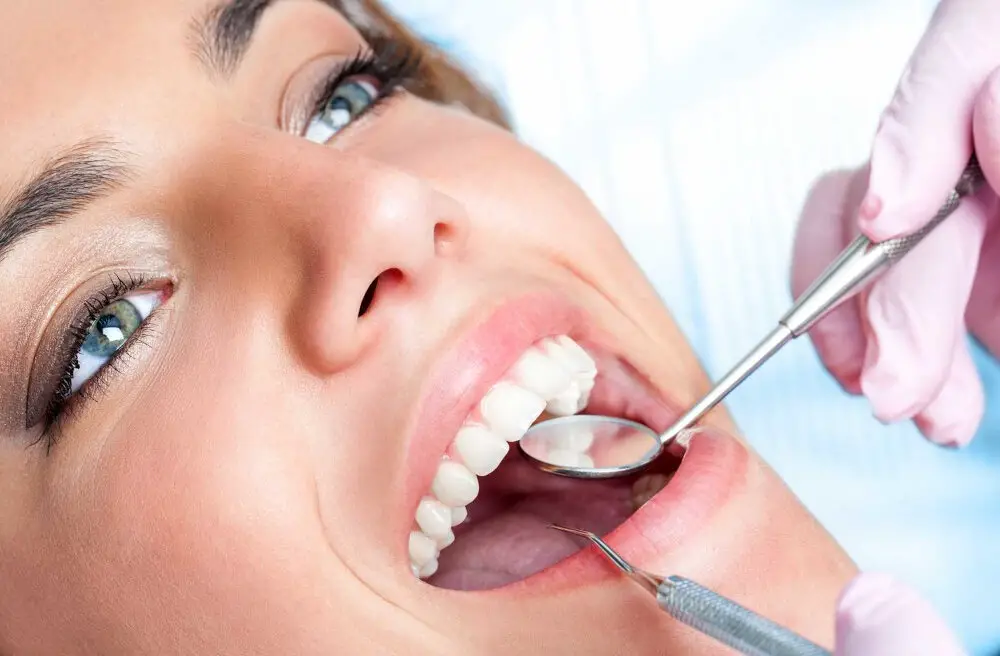
In conclusion, teeth shifting is a common occurrence that can happen due to various reasons such as age, genetics, and oral habits. The duration it takes to notice changes in teeth shifting varies from person to person and depends on several factors, including the severity of the issue and the treatment method used. In some cases, changes can be noticed in a matter of days, while in others, it may take months or even years for noticeable changes to occur. However, it is important to note that seeking professional dental advice and treatment can help prevent any further damage and ensure proper alignment of teeth. Maintaining good oral hygiene and regular dental checkups can also aid in preventing teeth shifting and maintaining a healthy, beautiful smile.

